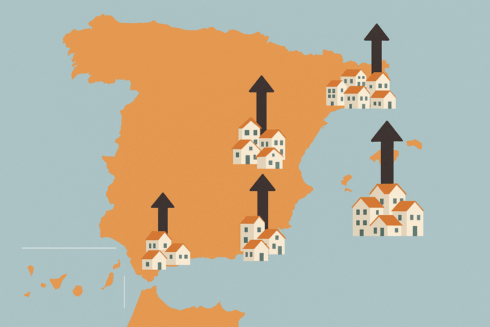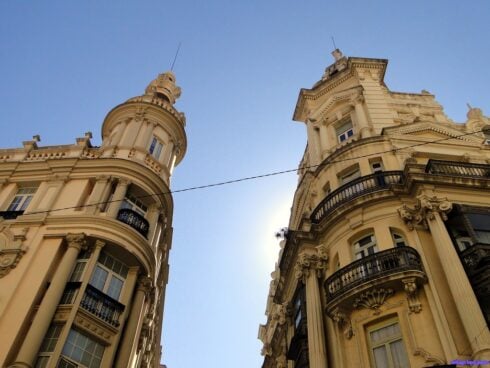THE European Union received one million applications for asylum last year, with Spain receiving the second highest number of those requests for international protection.
Yet, it’s also the EU country which rejects the most applications.
Asylum was granted to 18.5% of the 167,000 applicants in Spain last year, an increase of 6.27% compared to 2023, according to the Spanish Commission for Refugee Aid’s (CEAR) annual report.
READ MORE: Moroccan border guard at Spanish enclave in Africa seeks asylum in Spain
However, only 6.6% of applicants were given refugee status, whereby they will not be forced to return to their home country due to legitimate fear of persecution.
“The level of protection offered by the Spanish state remains the lowest in the EU,” the report said.
The number of asylum applications increased by 2.5%, with more than 240,000 applications awaiting a decision from the Asylum and Refugee Office of the Ministry of Interior in 2024.
Although 96,000 of those were resolved – the highest ever – CEAR said the effort did not have a ‘significant impact’ overall, with applicants often waiting for years in limbo for a response. Each year, the number of cases to process adds up from years previous.
Director General of International Protection Octavio Rivera said the increase in applicants was slowing down the process, yet efforts had been made to shorten the timescales through new departments and 200 jobs being created in the past two years.
“We are confident that we will gradually reduce the number of pending resolutions,” he said.
However, CERD President Carlos Berzosa has ‘denounced’ the ‘persistent difficulties in obtaining appointments to submit asylum applications.
The main arrival port for asylum seekers in Spain is Madrid-Barajas Airport, with most applicants arriving from Africa or Latin America, specifically Venezuela and Colombia. The two latter nationalities represented two-thirds of asylum applications lodged last year. Latin Americans are allowed to travel to Spain without a visa.
Spanish airport authority AENA has tried to crack down on the number of homeless people at Madrid-Barajas in the last month however, with many of those sleeping rough being asylum seekers. “They have had to face overcrowding, unsanitary conditions, and a lack of adequate means and conditions to formalise their applications,” Berzosa said.
According to the organisation InfoMigrants, around 96% of Venezuelan and Colombian applicants were not recognised as refugees last year.
Many African asylum seekers will also travel via boat to the Canary Islands, with record arrivals in 2024. With approximately 47,000 irregular migrants arriving to the islands last year, border guard agency Frontex said the West Africa to Canaries Atlantic route was the EU’s busiest migratory route.
It’s also the most dangerous. Caminando Fronteras reported around 10,000 deaths or disappearances along the sea route. In Janaury this year, as many as 50 people died into the 13-day voyage.
Displacement in the Sahel region, caused by precarious political instability married with a tough economic landscape and a worsening climate crisis, saw an increase in Mali nationals applying for asylum in Spain last year to 17,000. Asylum applications from Senegalese nationals also doubled to 14,000.
The average recognition rate of asylum requests in the EU is 46.6%. Germany remains the EU country receiving the most asylum applications each year. It currently hosts more than 2.7 million refugees.
Click here to read more Spain News from The Olive Press.









Spain doesn’t need any more undesirable “refugees” or “asylum seekers”. We all know where they come from, the most undesirable places in the world. Spain should learn their lesson from Great Britain and Ireland, refugees are a strain on society and they’ll end up imposing their way of life on the host country. Eliminate ALL refugees from European countries NOW!
Eliminate ? I hope that’s a slip of the tongue!!!